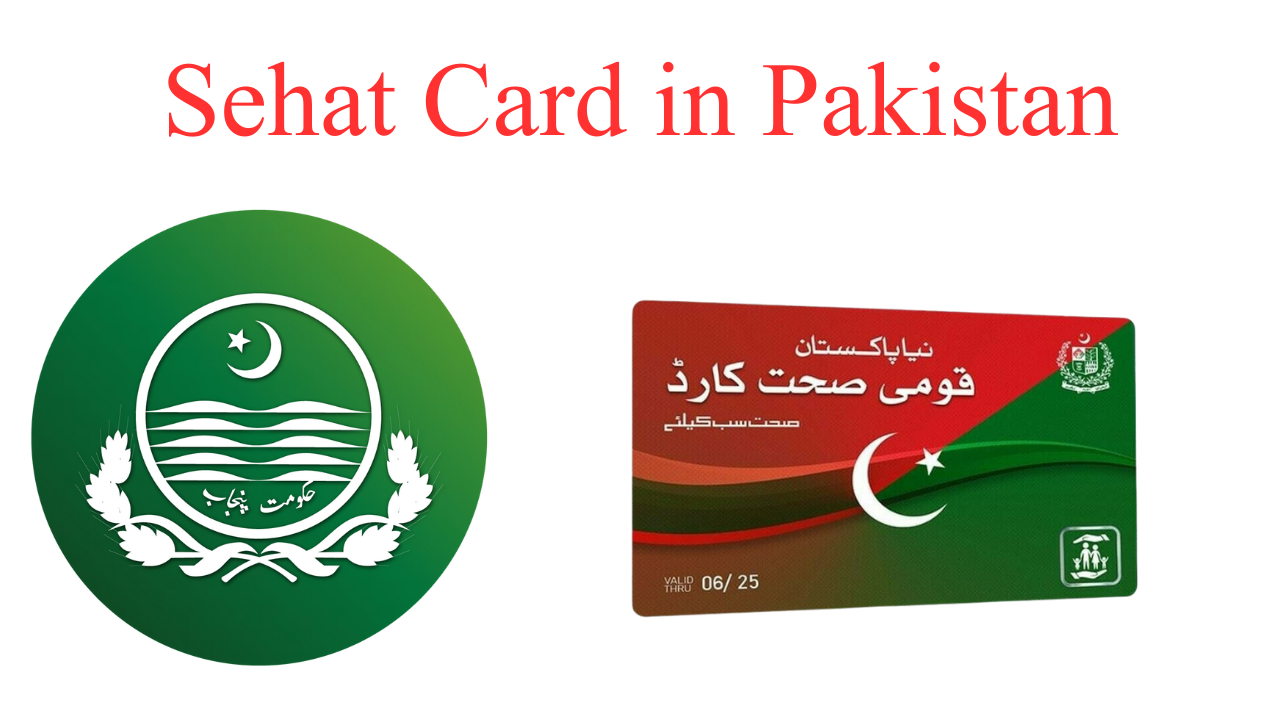The Sehat Card, a cornerstone of Pakistan’s healthcare reform, aims to provide free medical services to low-income families across the country. Launched under the Sehat Sahulat Program, this initiative seeks to alleviate the financial burden of healthcare expenses for marginalized communities. In this comprehensive overview, we explore who is eligible for the Sehat Card, the extent of its coverage, and how individuals can access these services.ProPakistanisehatinsafcard.com
Understanding the Sehat Card
The Sehat Card is a health insurance initiative by the Government of Pakistan, designed to offer free inpatient medical services to eligible families. Under this program, beneficiaries can avail themselves of medical treatments without incurring out-of-pocket expenses, thereby reducing the financial barriers to accessing quality healthcare.sehatinsafcard.com
Eligibility Criteria
Eligibility for the Sehat Card varies across different provinces, with each region implementing its own criteria and coverage mechanisms. Below is a breakdown of the eligibility requirements:sehatinsafcard.com
Khyber Pakhtunkhwa (KP) – Sehat Card Plus
- Coverage: All permanent residents of KP are automatically enrolled in the Sehat Card Plus program.
- Verification: Residents can check their eligibility by sending their CNIC number to 8500 or 9780 via SMS.
- Access: No separate card is required; the CNIC serves as the Sehat Card. sehatinsafcard.com+7Sehat Card Plus+7sehatinsafcard.com+7ProPakistani+1Sehat Card Plus+1
Punjab, Islamabad Capital Territory (ICT), Azad Jammu & Kashmir (AJK), and Former FATA
ALSO READ: How to Apply Online for the Benazir Income Support Programme (BISP) in 2025: A Comprehensive Guide
- Target Group: Families identified through the National Socio-Economic Registry (NSER) with a poverty score of 32.5 or below are eligible.
- Verification: Individuals can check their eligibility by sending their CNIC number to 8500 via SMS.
- Access: Eligible individuals will receive a Sehat Insaf Card, which must be presented at empaneled hospitals to avail of services. sehatinsafcard.com+1The News International+1sehatinsafcard.com+5ProPakistani+5sehatinsafcard.com+5
Gilgit-Baltistan and Balochistan
- Coverage: The provincial governments aim to cover all permanent resident families.
- Verification: Residents can check their eligibility through the respective provincial health departments.
- Access: Details on accessing services are provided by the provincial health authorities.The News International
Coverage and Benefits
The Sehat Card offers a comprehensive range of healthcare services, primarily focusing on inpatient treatments. The coverage includes:MDPI+9sehatinsafcard.com+9Sehat Card Plus+9
- Basic Treatment: Up to PKR 200,000 per family per year, covering services such as general medicine, surgery, obstetrics, pediatrics, and emergency care. Sehat Card Plus
- Advanced Treatment: Up to PKR 400,000 per family per year, encompassing treatments for conditions like cancer, heart diseases, kidney failure, and neurosurgical procedures. sehatinsafcard.com
- Additional Benefits:
- Wage Loss Compensation: PKR 250 per day for up to three days during hospitalization. sehatinsafcard.com
- Maternity Allowance: PKR 1,000 for transportation costs post-childbirth. sehatinsafcard.com
- Transportation Allowance: PKR 2,000 for referrals to tertiary care hospitals. Sehat Card Plus
- Funeral Allowance: PKR 10,000 if a beneficiary dies during hospitalization. sehatinsafcard.com+5sehatinsafcard.com+5sehatinsafcard.com+5
Accessing Healthcare Services
To utilize the Sehat Card, beneficiaries should follow these steps:
- Locate an Empaneled Hospital: Identify hospitals that are part of the Sehat Sahulat Program network. A list of these hospitals is available on the official Sehat Sahulat Program website.
- Present the Sehat Card: At the time of admission, show the Sehat Card (CNIC) to the hospital staff.
- Verification Process: The hospital will verify the card’s validity and the beneficiary’s eligibility.
- Receive Treatment: Once verified, the beneficiary can receive the necessary medical treatments without incurring any charges up to the covered limit.
Important Considerations
- Outpatient Services: Currently, the Sehat Card primarily covers inpatient services. Outpatient services may not be included in all regions.
- Card Validity: The Sehat Card remains valid as long as the beneficiary’s information in the NADRA database is up-to-date.
- Family Coverage: The Sehat Card covers the nuclear family, including the head of the family, spouse, and unmarried children.
- Non-Transferability: The Sehat Card is non-transferable and can only be used by the registered beneficiary.
Conclusion
The Sehat Card represents a significant step towards achieving universal health coverage in Pakistan. By providing free access to essential healthcare services, it aims to reduce the financial barriers faced by low-income families. As the program continues to expand and evolve, it holds the potential to transform the healthcare landscape, ensuring that quality medical care is accessible to all segments of society.
For more information or to check your eligibility, visit the official Sehat Sahulat Program website or contact the helpline at 0800-09009.
